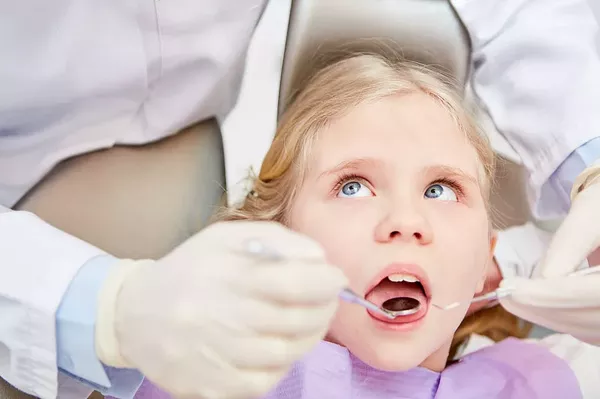Gingivitis is a common dental problem that affects countless people worldwide. If you’ve noticed your gums bleeding when you brush or experiencing persistent bad breath, you might be dealing with gingivitis. But fret not, because in this informative guide, we will walk you through what gingivitis is and provide you with a step-by-step plan on how to tackle this oral health issue head-on. Let’s delve into the world of gingivitis and learn how to combat it effectively.
Understanding Gingivitis
1. What is Gingivitis?
Gingivitis, the initial stage of gum disease, is an inflammation of the gums that can lead to redness, swelling, and bleeding. This condition is usually caused by the accumulation of plaque – a sticky film of bacteria – on your teeth and gums. Without proper care, gingivitis can progress into a more severe form of gum disease called periodontitis, which can result in tooth loss.
2. Recognizing the Signs and Symptoms
The first step in addressing gingivitis is to recognize its signs and symptoms. Some common indicators of gingivitis include:
If you notice your gums bleed when you brush or floss, it’s a clear sign of gingivitis.
b. Red or Swollen Gums
Inflamed, reddened, or swollen gums are another common symptom of gingivitis.
c. Bad Breath
Persistent bad breath, or halitosis, often accompanies gingivitis due to the presence of harmful bacteria.
d. Gum Sensitivity
Gingivitis can make your gums more sensitive to touch, heat, and cold.
3. The Importance of Seeking Treatment
Ignoring gingivitis can lead to more severe oral health issues down the road. If left untreated, it can progress into periodontitis, which can result in tooth loss and other complications. Seeking treatment at the first signs of gingivitis is crucial to prevent further damage.
Treating Gingivitis: Your Step-by-Step Guide
1. Improve Your Oral Hygiene Routine
Enhancing your daily oral hygiene routine is the cornerstone of gingivitis treatment. Here’s how to do it effectively:
a. Brush Regularly
Brush your teeth at least twice a day, using a soft-bristle toothbrush and fluoride toothpaste. Be gentle to avoid damaging your gums.
b. Floss Daily
Flossing is crucial to remove plaque from between your teeth and along the gumline. Make it a daily habit.
c. Use an Antiseptic Mouthwash
Rinsing with an antiseptic mouthwash can help kill harmful bacteria in your mouth.
d. Replace Your Toothbrush Regularly
Change your toothbrush or toothbrush head every 3-4 months to maintain its effectiveness.
2. Professional Dental Cleanings
Regular visits to your dentist are essential in the fight against gingivitis. Professional cleanings can remove plaque and tartar that you can’t reach with regular brushing and flossing.
3. A Balanced Diet
What you eat plays a significant role in your oral health. A diet rich in fruits and vegetables can provide the essential nutrients your gums need to stay healthy.
a. Vitamin C
Foods high in vitamin C, like oranges and strawberries, can help strengthen your gums.
b. Calcium
Dairy products and leafy greens are excellent sources of calcium, which is essential for strong teeth and gums.
4. Avoid Tobacco Products
Tobacco products, including cigarettes and smokeless tobacco, can worsen gingivitis and increase the risk of gum disease.
5. Stress Management
Chronic stress can weaken your immune system, making it harder for your body to fight off infections, including gingivitis. Consider stress-reduction techniques like yoga, meditation, or deep breathing exercises.
Conclusion
In conclusion, gingivitis is a common dental issue, but it can be effectively managed and treated. By understanding the signs and symptoms, improving your oral hygiene routine, seeking professional dental care, maintaining a balanced diet, avoiding tobacco products, and managing stress, you can take control of your oral health and prevent gingivitis from progressing into more severe forms of gum disease.
Related Links:
Why bleeding gums during pregnancy?
Is gingivitis a bacterial infection?
How is gingivitis transmitted?





























